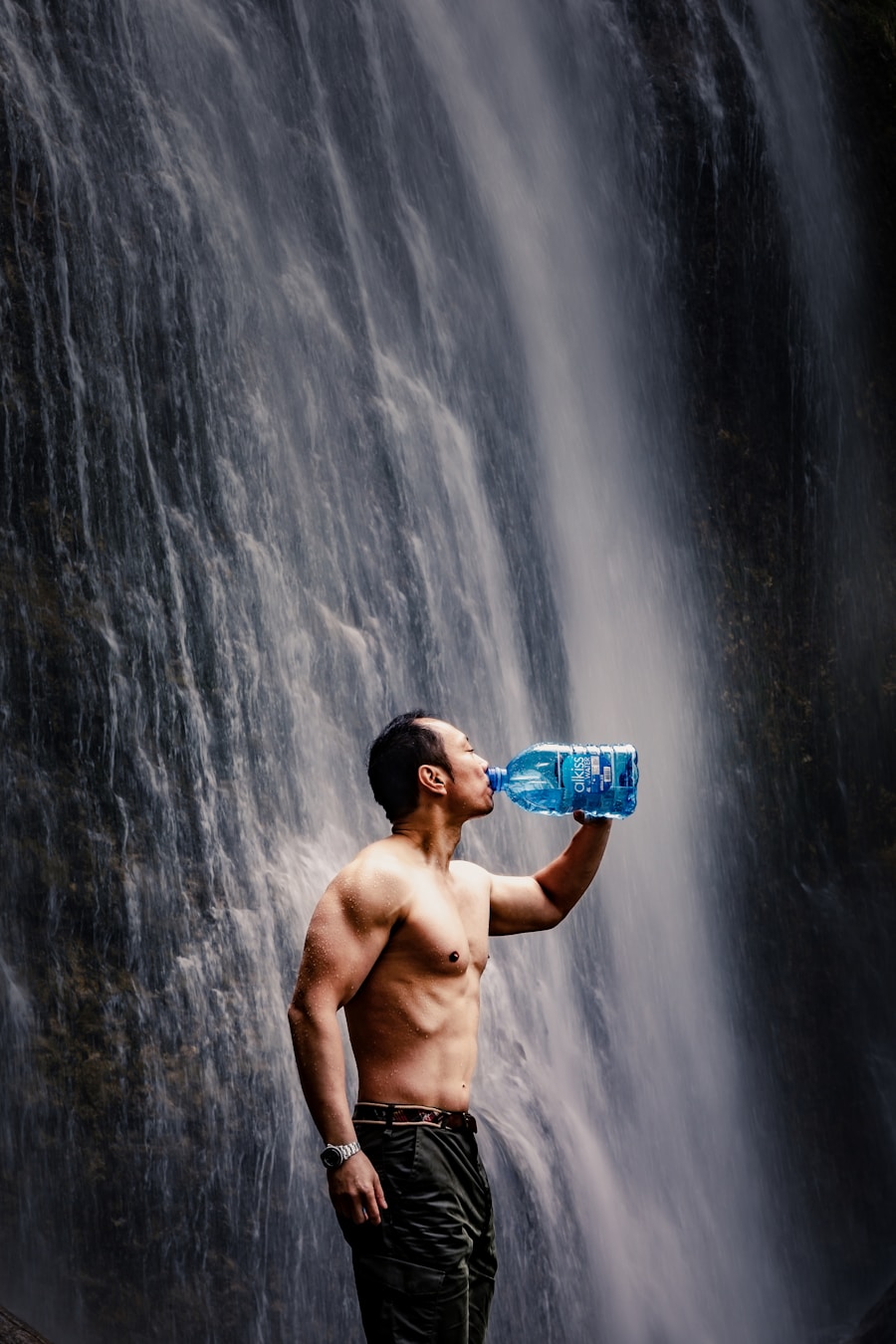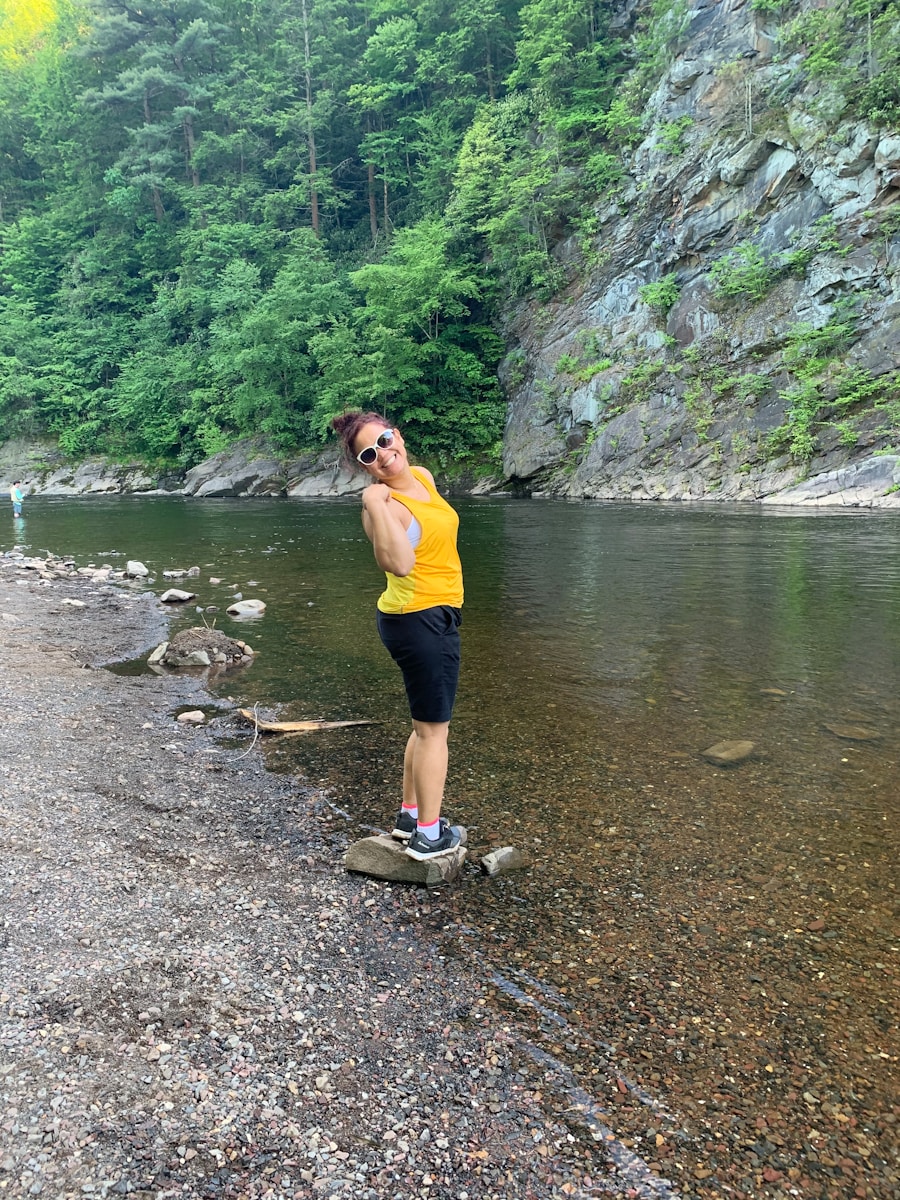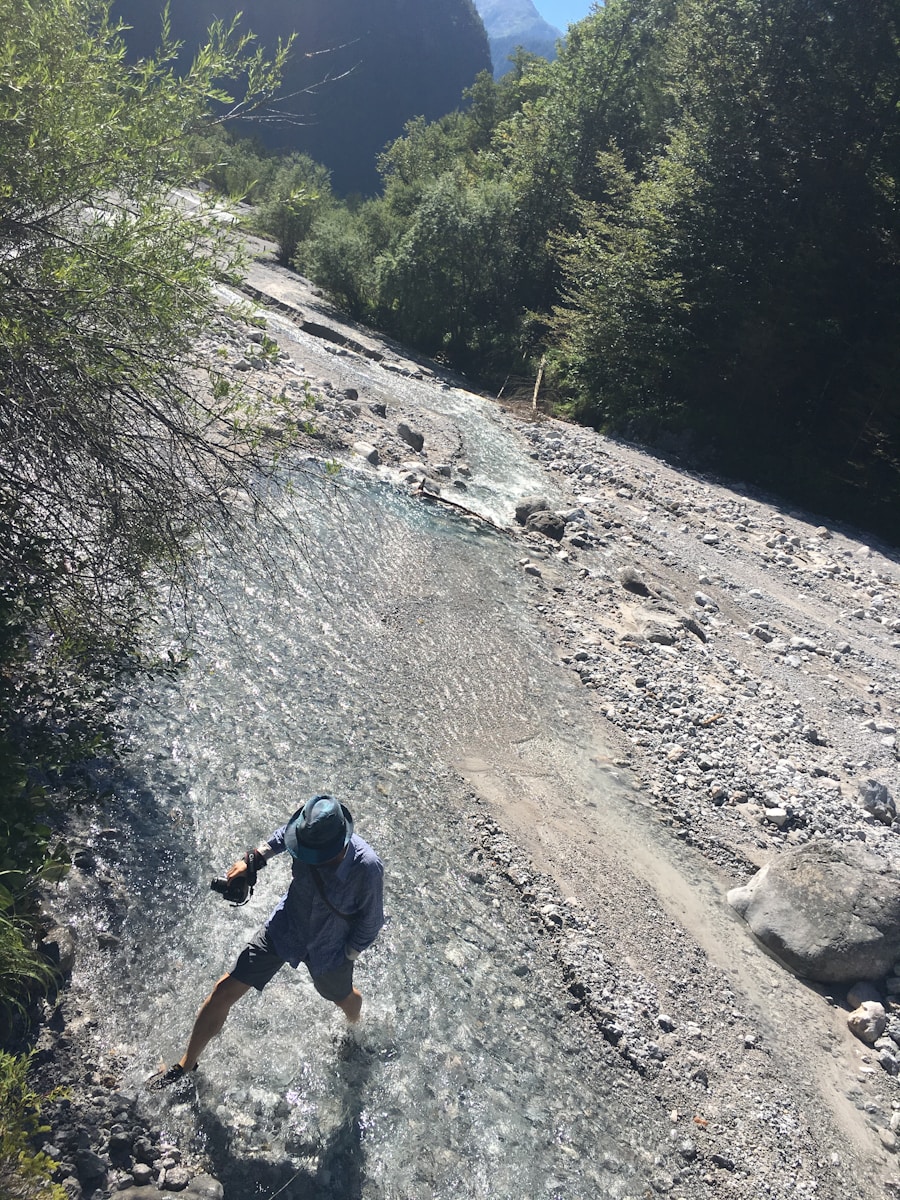Hydration is a critical component of outdoor activities, particularly hiking, where physical exertion and environmental conditions can significantly impact the body’s water balance. When hiking, the body loses water through sweat, respiration, and even urination. This loss can lead to dehydration, which can impair physical performance, cognitive function, and overall well-being.
Dehydration can manifest in various ways, including fatigue, dizziness, headaches, and muscle cramps. In severe cases, it can lead to heat exhaustion or heat stroke, both of which are serious medical emergencies that can occur in the backcountry. Moreover, staying adequately hydrated enhances endurance and stamina, allowing hikers to tackle challenging terrains and longer distances without succumbing to fatigue.
Water plays a vital role in regulating body temperature, lubricating joints, and transporting nutrients to cells. For instance, during strenuous hikes in hot weather, the body relies on sweat to cool itself down. If hydration levels are not maintained, this cooling mechanism becomes less effective, increasing the risk of overheating.
Therefore, understanding the importance of hydration is essential for anyone looking to enjoy a safe and successful hiking experience.
Key Takeaways
- Proper hydration is crucial for hiking as it helps maintain energy levels, regulate body temperature, and prevent muscle cramps and fatigue.
- Factors affecting water needs include temperature, humidity, altitude, exertion level, and individual differences in sweat rate.
- Calculate water needs for hiking by considering factors like distance, elevation gain, weather conditions, and personal hydration habits.
- Stay hydrated on the trail by drinking small amounts of water frequently, using electrolyte supplements, and consuming water-rich foods.
- Choose the right hydration system for hiking by considering factors like capacity, ease of access, and compatibility with your backpack.
Factors Affecting Water Needs
Several factors influence an individual’s water needs while hiking, making it essential to consider personal circumstances and environmental conditions. One of the most significant factors is the intensity and duration of the hike. A leisurely stroll on flat terrain will require less water than a strenuous climb up a steep mountain.
The more energy expended, the more fluids the body will need to replenish. Additionally, the temperature and humidity levels play a crucial role; hot and dry conditions can lead to increased perspiration and fluid loss, necessitating higher water intake. Individual characteristics also affect hydration needs.
Body size and composition are key determinants; larger individuals generally require more water than smaller ones due to a greater volume of bodily fluids. Age can also be a factor; older adults may have a diminished sense of thirst and may not recognize when they need to hydrate. Furthermore, acclimatization to altitude can impact hydration needs; as elevation increases, the air becomes thinner and drier, leading to increased respiratory water loss.
Understanding these factors allows hikers to tailor their hydration strategies effectively.
Calculating Water Needs for Hiking

Calculating water needs for hiking involves considering various elements such as body weight, hike duration, intensity level, and environmental conditions. A common guideline suggests that hikers should consume approximately half a liter (about 17 ounces) of water per hour during moderate activity in moderate temperatures. For example, a 150-pound hiker might aim for around 2-3 liters of water for a full day of hiking under normal conditions.
However, this estimate can vary significantly based on the factors previously discussed. To refine this calculation further, hikers can monitor their fluid intake and output during their excursions. Keeping track of how much water is consumed and paying attention to signs of dehydration can help adjust water needs on the fly.
For instance, if a hiker notices they are sweating profusely or feeling fatigued earlier than expected, it may be an indication that they need to increase their water intake. Additionally, using tools like hydration calculators available online can provide personalized recommendations based on specific hike parameters.
Tips for Staying Hydrated on the Trail
| Hydration Tip | Description |
|---|---|
| Drink Plenty of Water | Carry at least 1 liter of water for every 2 hours of hiking. |
| Use Electrolyte Supplements | Replace lost electrolytes by consuming sports drinks or electrolyte tablets. |
| Avoid Alcohol and Caffeine | Both alcohol and caffeine can dehydrate the body, so it’s best to avoid them while hiking. |
| Eat Water-Rich Foods | Snack on fruits and vegetables with high water content, such as watermelon and cucumber. |
| Monitor Urine Color | Check the color of your urine to ensure you are staying properly hydrated. It should be light yellow. |
Staying hydrated on the trail requires proactive planning and awareness. One effective strategy is to establish a hydration schedule before embarking on a hike. Setting reminders to drink water at regular intervals can help ensure that hydration is maintained throughout the journey.
For instance, hikers might aim to take a few sips every 15-20 minutes rather than waiting until they feel thirsty. This approach helps prevent dehydration before it becomes an issue. Another practical tip is to carry a variety of hydration options.
While water is essential, incorporating electrolyte-rich drinks can be beneficial during long hikes or in hot weather. Electrolytes help replenish minerals lost through sweat and can enhance hydration efficiency. Additionally, consuming hydrating foods such as fruits (like watermelon or oranges) and vegetables (like cucumbers) can contribute to overall fluid intake.
These foods not only provide hydration but also offer essential nutrients that support energy levels during physical activity.
Choosing the Right Hydration System
Selecting an appropriate hydration system is crucial for ensuring easy access to water while hiking. There are several options available, each with its advantages and disadvantages. Hydration packs are popular among hikers for their convenience; these backpacks come equipped with a built-in reservoir and a drinking tube that allows for hands-free sipping while on the move.
This design encourages regular hydration without needing to stop and fumble with bottles. Alternatively, traditional water bottles remain a reliable choice for many hikers. They are easy to refill and clean and come in various sizes and materials, including stainless steel and BPA-free plastic.
Some hikers prefer collapsible bottles or soft flasks that take up minimal space when empty. Regardless of the system chosen, it’s essential to ensure that it is lightweight and easy to carry while still providing sufficient capacity for the hike’s duration.
Monitoring Hydration Levels

Monitoring hydration levels during a hike is vital for maintaining optimal performance and health. One effective method is to pay attention to urine color; light yellow typically indicates adequate hydration, while dark yellow or amber suggests dehydration. Hikers should also be aware of other physical signs such as dry mouth, fatigue, or dizziness—these can serve as warning signals that it’s time to drink more fluids.
Another useful technique is to weigh oneself before and after a hike. A weight loss of more than 2% of body weight can indicate significant fluid loss and potential dehydration. For example, if a hiker weighs 150 pounds before starting their trek and finds they weigh 147 pounds afterward, this could signal that they need to increase their fluid intake in future hikes.
By regularly assessing these indicators, hikers can make informed decisions about their hydration needs throughout their outdoor adventures.
Hydration Tips for Different Types of Hikes
Different types of hikes present unique challenges regarding hydration needs. For instance, day hikes typically allow for easier access to water sources or opportunities to refill bottles at trailheads or rest stops. Hikers on day trips should still plan their water intake based on the hike’s intensity and duration but may have more flexibility in managing their hydration.
In contrast, multi-day backpacking trips require more meticulous planning regarding water supply. Hikers must consider not only how much water they will need each day but also where they will find sources along the route. Carrying a portable water filter or purification tablets can be invaluable in these situations, allowing hikers to refill from streams or lakes safely.
Additionally, understanding the terrain is crucial; areas with high elevation may have fewer water sources available, necessitating extra planning and carrying capacity.
Dealing with Dehydration on the Trail
Despite careful planning and monitoring, dehydration can still occur while hiking. Recognizing the early signs is essential for addressing the issue promptly before it escalates into a more serious condition. If a hiker begins to experience symptoms such as excessive thirst, dry mouth, or fatigue, it’s crucial to stop and rehydrate immediately.
Drinking small sips of water frequently is more effective than consuming large amounts all at once. In cases where dehydration becomes severe—characterized by symptoms like confusion, rapid heartbeat, or fainting—immediate action is necessary. The affected individual should seek shade or a cooler environment if possible and continue sipping water or an electrolyte solution slowly until they feel better.
If symptoms persist or worsen despite rehydration efforts, it may be necessary to seek medical attention as dehydration can lead to serious complications if left untreated. Understanding hydration’s importance in hiking cannot be overstated; it is fundamental for safety and enjoyment in outdoor activities. By considering individual needs, environmental factors, and employing effective strategies for staying hydrated on the trail, hikers can enhance their experiences while minimizing risks associated with dehydration.
When hiking, it is crucial to stay hydrated to avoid dehydration and fatigue. According to a recent article on taketravelinfo.com, it is recommended to carry at least 2 liters of water per person for a day hike. This ensures that you have enough water to stay hydrated throughout your trek and can help prevent any potential health issues. Remember to also pack a water filtration system or purification tablets if you plan on refilling your water from natural sources along the trail.
Love travel? Join Our Facebook Community For More Tips.
FAQs
How much water should I bring when hiking?
It is recommended to bring at least 2 liters (or 0.5 gallons) of water per person for a full day of hiking.
How much water should I drink while hiking?
It is recommended to drink about 0.5 to 1 liter of water per hour while hiking, depending on the intensity of the activity and the weather conditions.
What factors should I consider when determining how much water to bring when hiking?
Factors to consider include the length and difficulty of the hike, the weather conditions, the availability of water sources along the trail, and individual hydration needs.
What are the risks of not bringing enough water when hiking?
Not bringing enough water when hiking can lead to dehydration, heat exhaustion, and heat stroke, which can be dangerous and even life-threatening.
Are there any tips for staying hydrated while hiking?
Some tips for staying hydrated while hiking include drinking water regularly, even if you don’t feel thirsty, carrying a water filtration system or purification tablets to refill water from natural sources, and avoiding alcohol and caffeine, which can contribute to dehydration.
